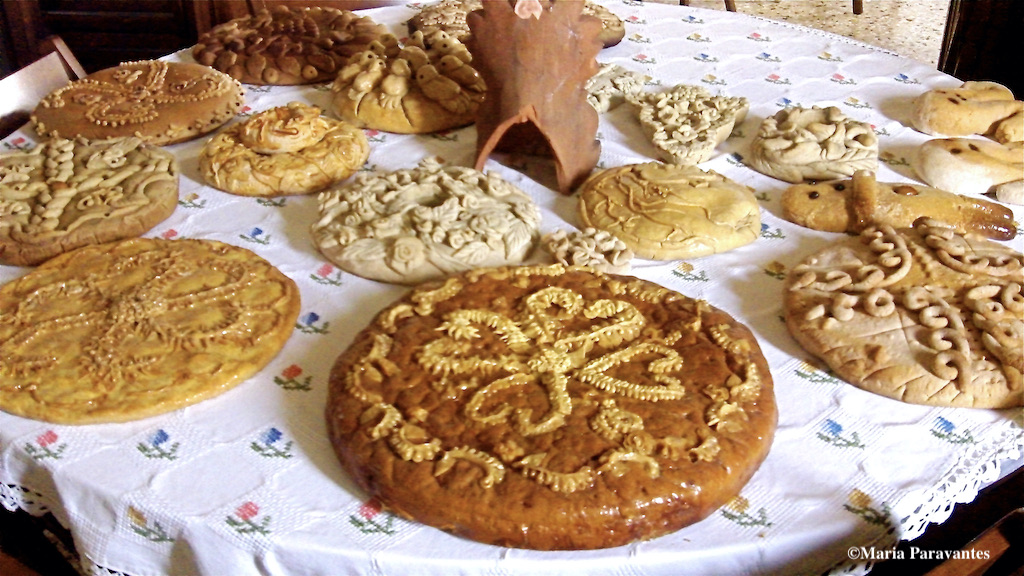
Water, flour, oil… the necessary elements of life… the basic ingredients of bread: the most flawless of man’s creations, the divine gift.
Bread has since ancient times fed and nourished. A basic means of sustenance, it has always been associated with life’s most important events: birth, marriage and death. Steeped in symbolism, it plays a central role in the rites and rituals of cultures far and wide.
Closer to home, rent a car and in about an hour from Athens, in a lush forest with a breathtaking view to the sea down below is Varnavas. A village that makes it hard to believe you’re still near the Greek capital.
Here in a renovated mansion (archonitko) the European Bread Museum casts the spotlight on the importance of bread in the life of the Greeks. Not your simple bread but something treasured. Here, in the dark, humid rooms of yesteryear a centuries-old tradition comes to life: welcome to the wonderful world of embroidered breads or in Greek “ploumisto” or “kentito psomi”.
👉🏼 Find the best hotel deals for you
Weaving Life’s Tales into Our Daily Bread
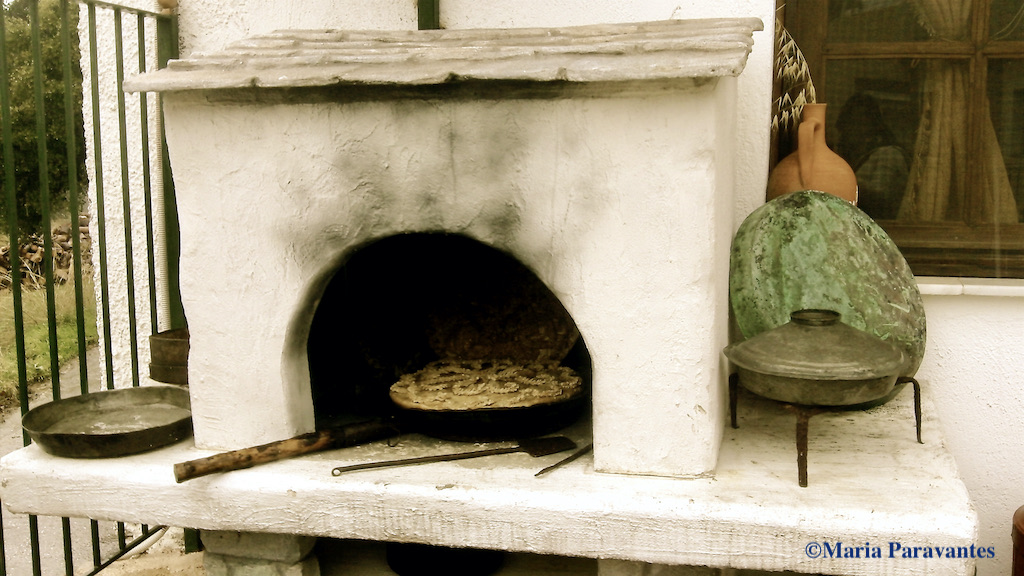
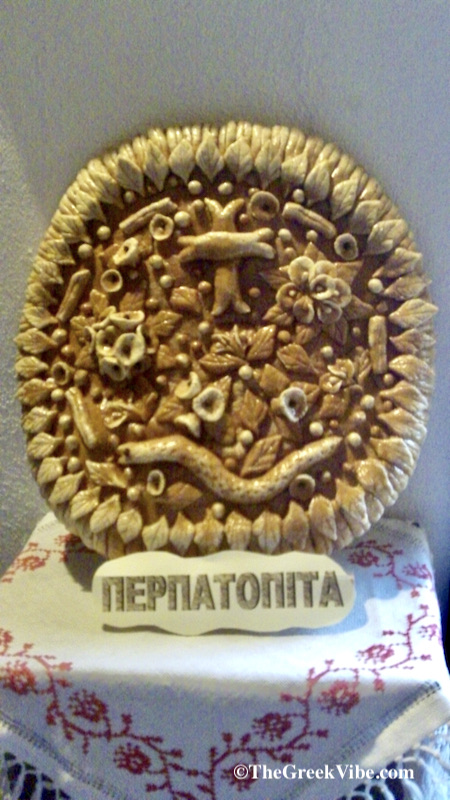
The European Bread Museum housed in the Varnavas Folk Museum features over 3,000 ‘bread’ exhibits from 50 countries. It records and preserves the art of bread embroidery, documenting not only the importance of bread in traditional Greek culture but also bread decoration as an art form.
On display, breads of all shapes and sizes, intricately woven with designs celebrating those very special occasions that mark our lives and make our memories.
The dexterous “artists” who knead, make and bake these breads were usually housewives who learned the secrets and patterns from their grandmothers. Today, males are too learning the tricks of the trade. Patiently, they adorn their breads with ornate motifs depending on the occasion but also on their own taste and talent.
Today, very few continue to decorate bread. It’s a painstaking process that requires lots of time, something most of us do not have.
The practice is however still very much alive in remote villages in rural Greece, mostly on the mainland and on some far-off islands like Karpathos and Ikaria.
Thankfully, dedicated efforts are being made to preserve this folk art with several Attica cultural centers offering lessons in this craft.
👉🏼 Find the best hotel deals for you
All About Greece’s Decorated Breads
A visit to the museum is not only about cherishing tradition and God’s grace but a great chance to learn more about the art of embroidered breads.
Of the most important woven breads or “latreftika psomia” (breads of love or worship) in Greek folk tradition are the “Gamokouloura” (Wedding Roll), the “Kouloura tis Vaftisis” (Christening bread), the breads of Easter (“Tis Lambris”), and of course, the “Christopsomo” (or Christmas bread).
► What do Greeks do for Easter
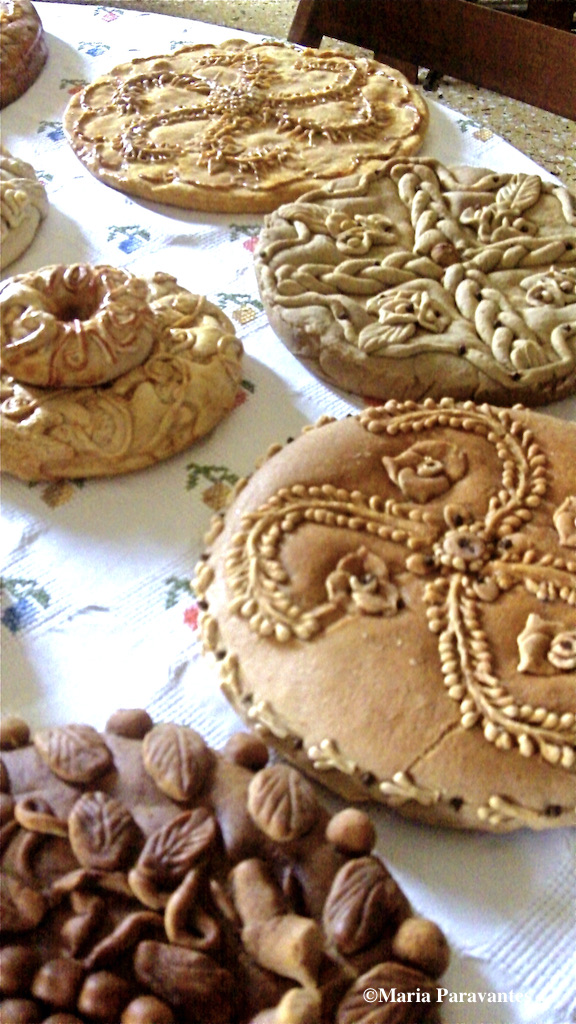
The wedding roll, prepared by the female relatives of the couple ahead of the ceremony, is wreath-shaped and elaborately decorated with doves symbolising the couple, flowers, wheat and hearts signifying love, health, wealth, fertility and happiness. The bread, partially wrapped in a specially trimmed tablecloth, usually an heirloom, is placed in the center of the wedding table in front of the newlyweds. When the feast begins, the bride hands out pieces to the guests.
The “Christopsomo” also features prominently on the holiday table and is also intricately decorated with a large cross in the center as well as birds and flowers. The making and baking of this celebratory bread is a ritual in itself and its ingredients include fruits and nuts to symbolise wealth and prosperity.
My favorite is Madame Lent or “Kyra Sarakosti” – a Lenten bread in the shape of a woman with seven legs, each representing the weeks that lead up to Orthodox Easter. A leg is broken off and eaten week by week. My mother used to call her “Kyria Paschalina” (The Lady of Easter).
►Three perfect Greek Easter getaways
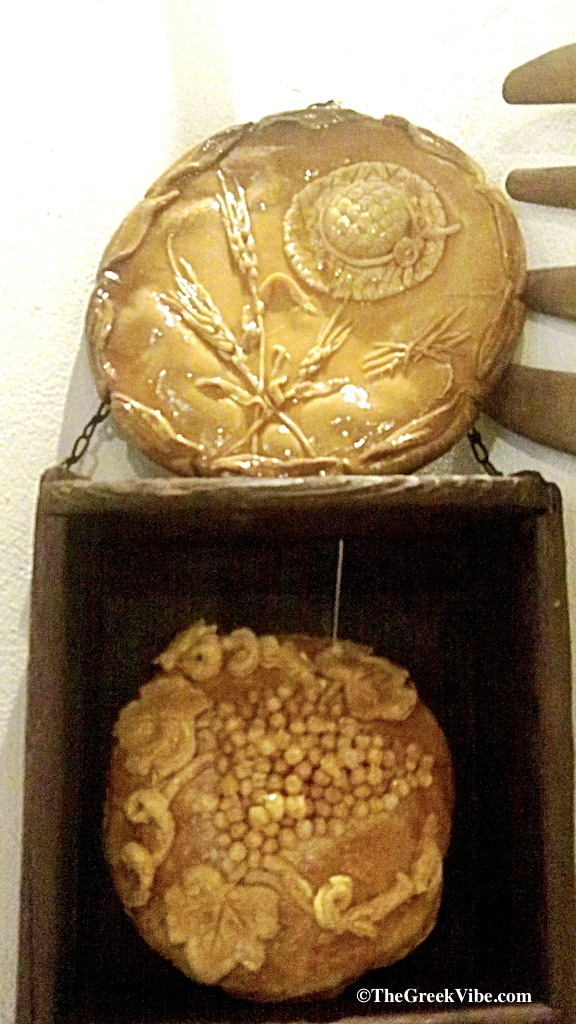
The clove-eyed “Lazarakia” are small, doll-shaped sweet breads made with flour, sugar, cinnamon, raisins and walnuts – and may include figs, almonds, honey and spices. They are offered to the children singing carols on Lazarus Saturday, the day before Palm Sunday to celebrate the miraculous Resurrection of Lazarus, marking the beginning of Holy Week for the Orthodox Christians. I should note that ingredients used vary depending on the region. For instance, the “Lazarakia” on Karpathos island are made of orange juice and tahini.
Another rare and very important embroidered bread is the “Perpatopita” (or Walking Bread) commemorating a child’s first steps in life. The pattern features a cross for health and wisdom as well as symbols of potential professions. Tradition has it that the godmother (nona) is given the first piece because in Greece she brings the baby its first pair of shoes. She must then run forth, wishing in this manner the baby a fruitful and successful life.
Embellished breads are also made as offerings to a particular saint as a “request” of sorts so they “intervene” to ensure good health. These edible offerings are made in the shape of the suffering part of the body much like the “tamata” or tokens offered to the Panagia the Miracle Worker on the island of Tinos every year on August 15. Read more about this inspiring experience here.
►What do Greeks do for Christmas
‘Give Us This Day Our Daily Bread’
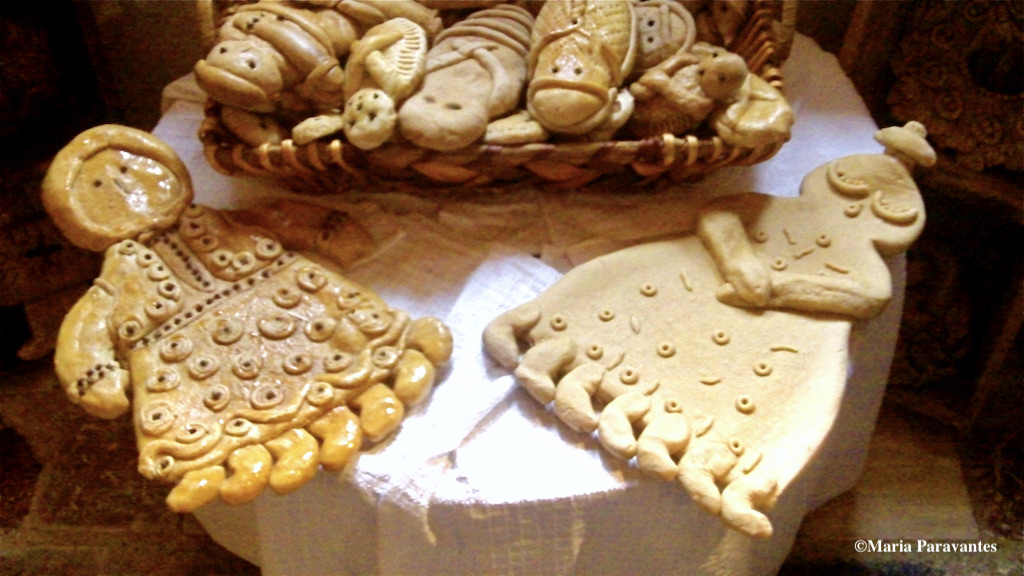
Another Greek tradition that involves bread and still practiced today across the country is “artoklasia”, which means “the act of dividing bread”. Known as the “The Blessing of Five Loaves”, “artoklasia” is a Greek form of thanksgiving for all of life’s blessings. The bread (artos), olive oil and wine are blessed by the priest before the service, usually on a feast or saint’s day. When the service is over, the bread is cut and distributed to the faithful.
Again, I have to add that the craft of bread making and particularly embroidered breads has regional and familial variations. Each area in Greece – mainland or island, in the mountains or by the sea, has its own designs, ingredients and occasions. On the islands, for example, breads are made to wish fishermen a safe return. The motifs also reveal the region: islanders for example prefer intricate designs, mainlanders have simpler patterns.
Maria’s Tips
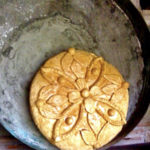
- After visiting the European Bread Museum, take a stroll along the stone footpaths of Varnavas village. You won’t believe you’re just 35km from Athens.
- If it’s summer time, go to the beach… there are three beaches worth visiting: Varnavas beach, Limnionas, and Sesi beach… the long winding road down is worth the ride. Eat at one of the tavernas there or plan a picnic.
- In the winter, a bit further down the road from Varnavas to Marathon you’ll find great tavernas serving excellent meats.
- Near Varnavas is the Marathonas Dam, go there for a coffee and ice cream and to take photos of the dam which until the late 1950s was the only water supply for Athens.
- Make sure, of course, to buy bread from a local bakery. Ask for “horiatiko” (village bread) with “prozymi” (sourdough).
🎵 I end today’s post with a song I grew up with in the US, a favorite of Greek immigrants and my father’s. The great Stelios Kazantzidis sings about a ‘bitter bread’ made abroad, far away from the beloved homeland. “To Psomi tis Xenitias” (Bread of the Foreign Land).
Enjoy!
❤️ Follow The Greek Vibe on TikTok too!
Enjoyed this Post? Share and Pin it!
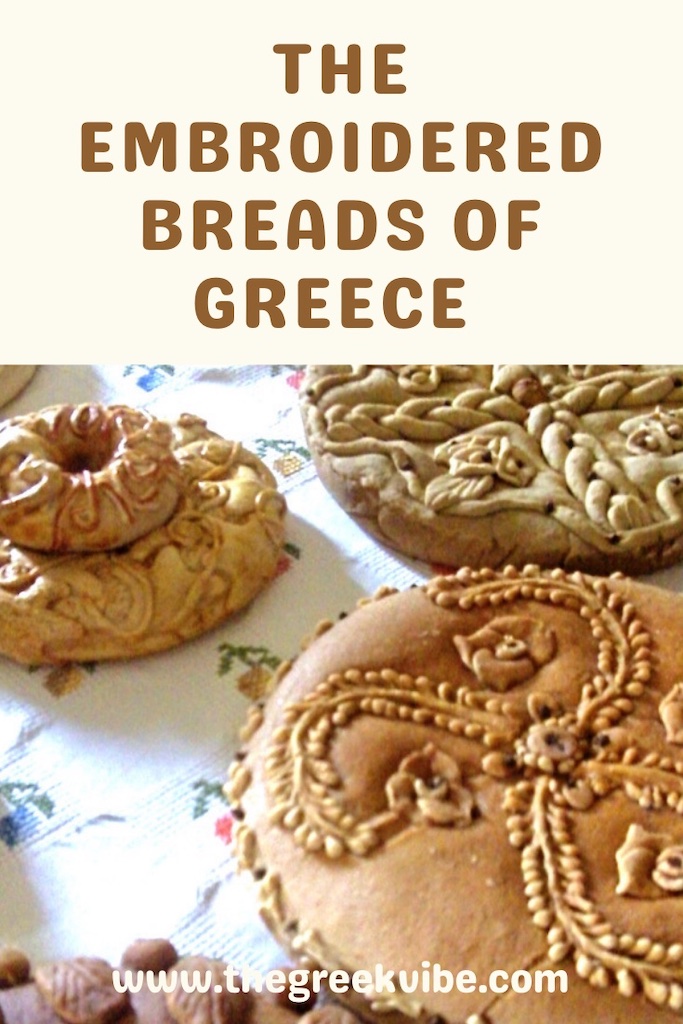

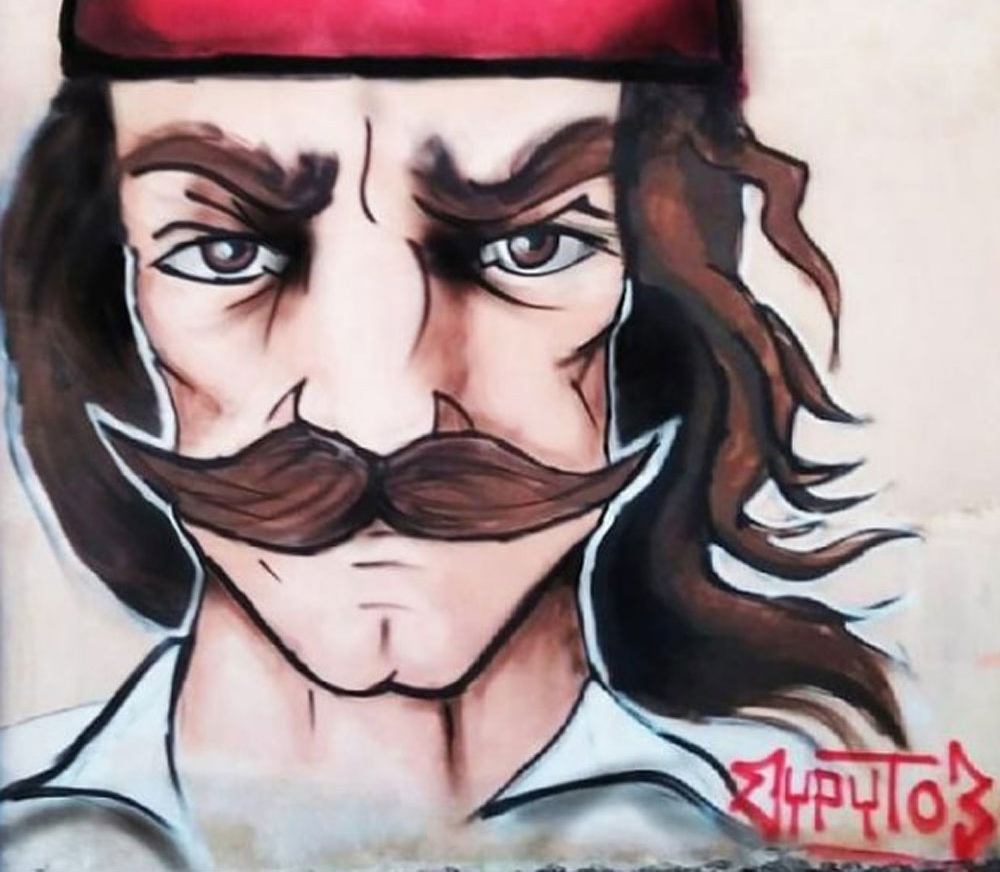
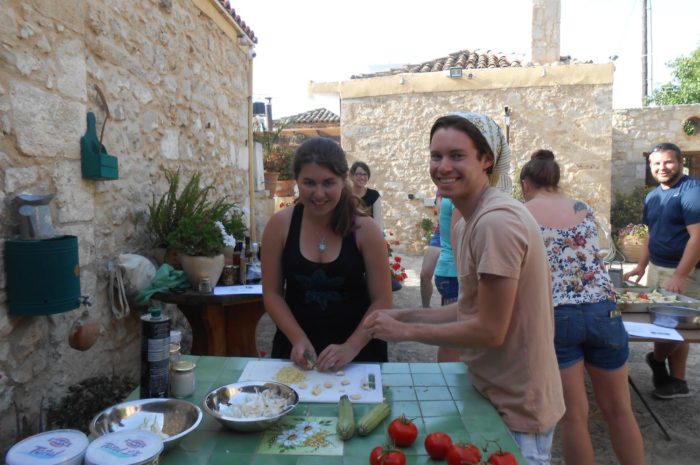
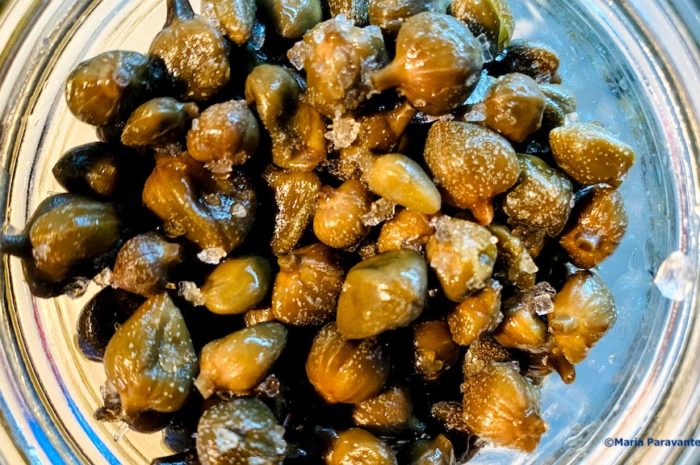
May you all have a
Beautiful christmas
In health and wellbeing. Happy Holidays.